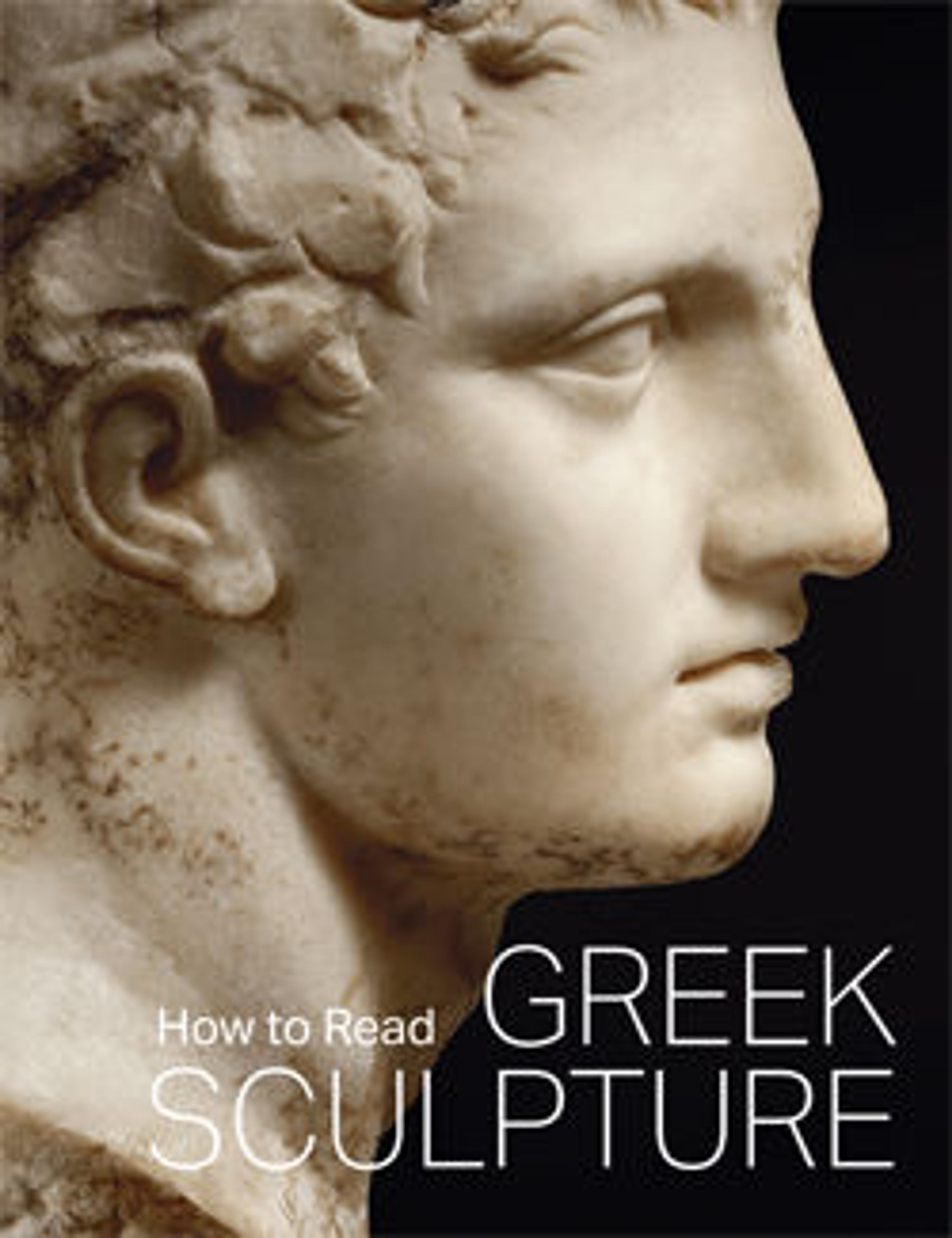Fragment of the marble stele (grave marker) of a hoplite (foot soldier)
This grave marker commemorated a soldier, who was shown facing right, holding a spear. His lower legs, protected by greaves (shin guards), are preserved. The scene in the panel below shows a warrior mounting a quadriga (four-horse chariot), while his charioteer holds the reins. Such vehicles were used by the Mycenaean Greeks of the second millennium B.C. and are described by Homer in the Iliad and the Odyssey. By the Archaic period, quadrigas were no longer used in daily life. They were driven in competition, however, for the most prestigious events at Greek games were chariot races. This scene may have been intended to recall a victory of the deceased in the apobates race in which an armed runner jumped on and off a chariot, or it may evoke the family's aristocratic lineage by depicting a legendary hero departing for the Trojan War. The panel is carved in extremely low relief; the many planes were originally differentiated with red and black paint. The greaves and spear of the large-scale figure were painted blue; the background was red. Traces of red, blue, black, and green remain on the interlaced curved lines that decorate the border of the shaft.
Artwork Details
- Title:Fragment of the marble stele (grave marker) of a hoplite (foot soldier)
- Period:Archaic
- Date:ca. 525–515 BCE
- Culture:Greek, Attic
- Medium:Marble, Hymettian
- Dimensions:Overall: 55 15/16 x 20 1/8 in. (142.1 x 51.1 cm)
- Classification:Stone Sculpture
- Credit Line:Fletcher Fund, 1938
- Object Number:38.11.13
- Curatorial Department: Greek and Roman Art
More Artwork
Research Resources
The Met provides unparalleled resources for research and welcomes an international community of students and scholars. The Met's Open Access API is where creators and researchers can connect to the The Met collection. Open Access data and public domain images are available for unrestricted commercial and noncommercial use without permission or fee.
To request images under copyright and other restrictions, please use this Image Request form.
Feedback
We continue to research and examine historical and cultural context for objects in The Met collection. If you have comments or questions about this object record, please contact us using the form below. The Museum looks forward to receiving your comments.
